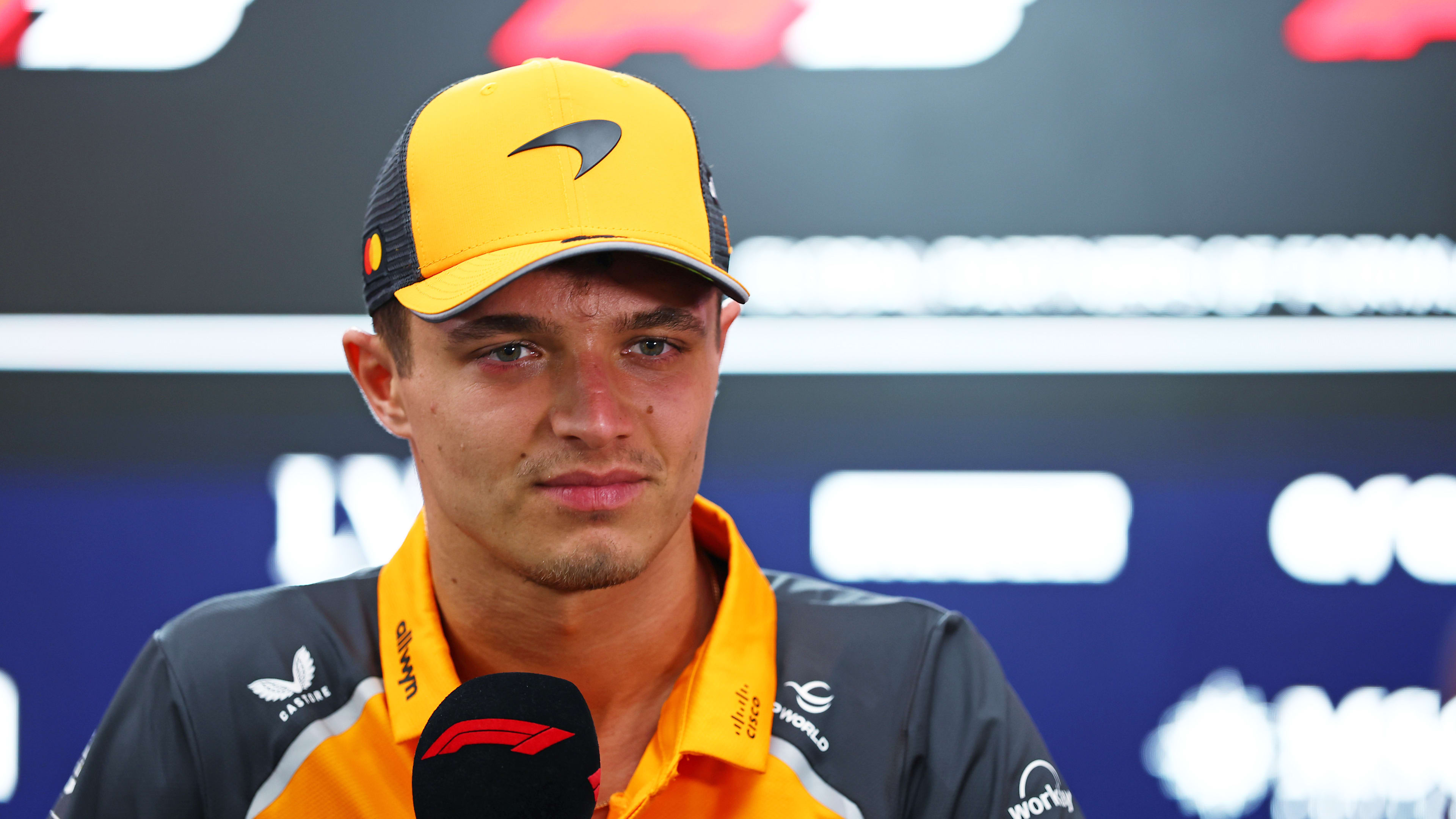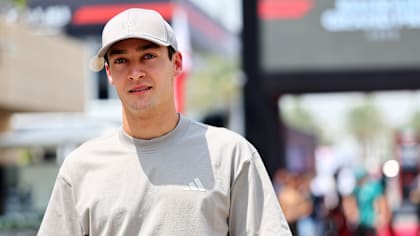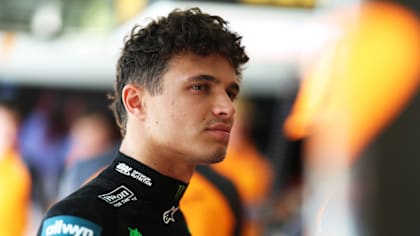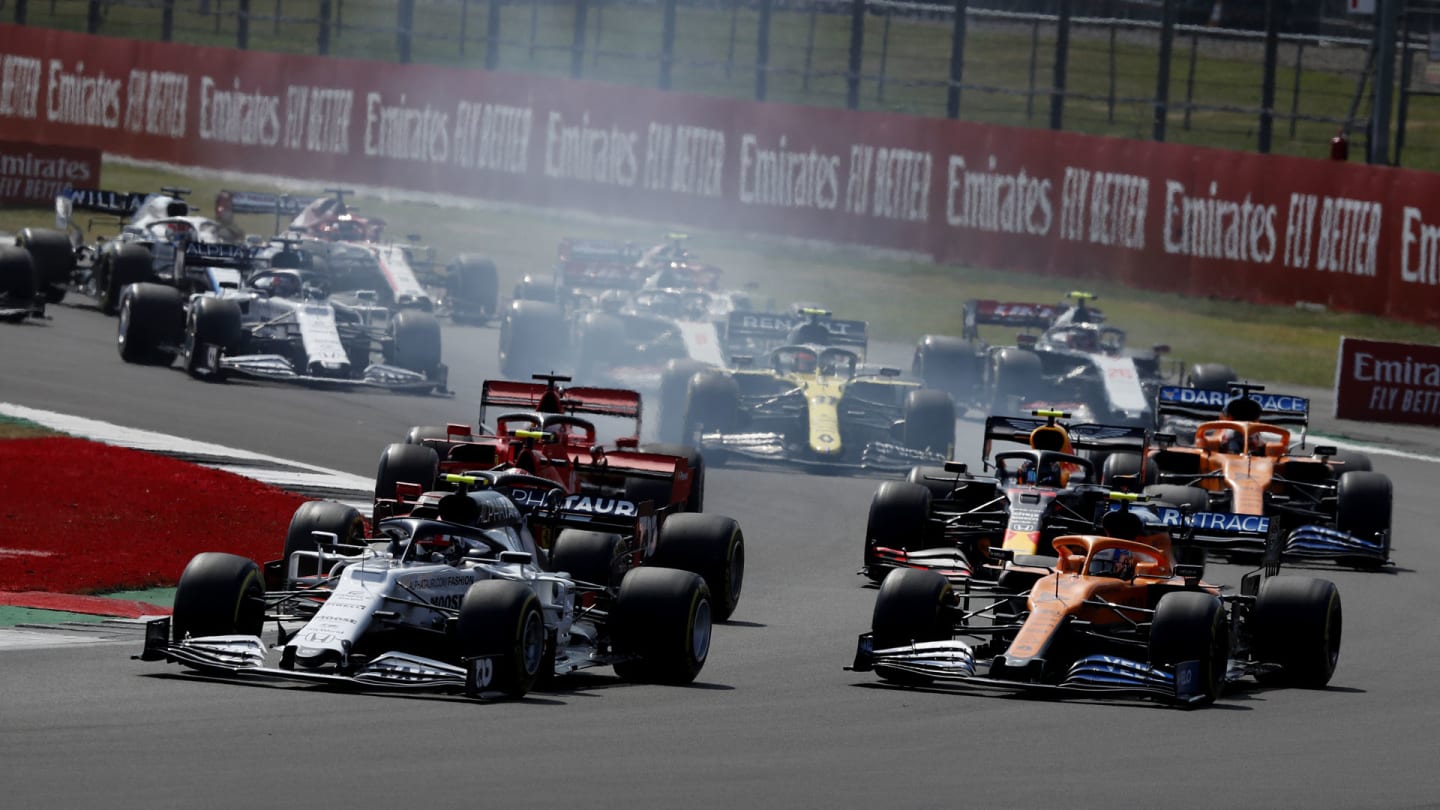
Feature
F1 SPRINT: What to expect on each day of Formula 1’s new race weekend format at Silverstone
Share

Not only will fans be back for the British Grand Prix – with more than 200,000 expected over the course of the weekend – but they will be treated to a new race weekend format that includes a new 100km flat-out event called F1 Sprint.
The schedule looks different, with qualifying moving to Friday, replacing the second one-hour practice session, and F1 Sprint slotting into its place on Saturday afternoon – with full coverage of the weekend set to be played out on F1 TV where you'll get an unrivalled viewing experience.
There are a few new rules, too, because of the reshuffle, so here’s your one-stop shop to give you the heads-up as to what to expect…
Friday
FP1
Just one hour to prepare for qualifying
The race weekend begins with a now traditional one-hour session for free practice, however, the programme the teams will run is very different.
As it’s one of now just two practice sessions, meaning a 33.3% reduction in on-track ‘testing’ time during a race weekend, and the only one before qualifying, the focus here will be on qualifying.
From their allocation of 12 tyres – (6 softs, 4 mediums and 2 hards) – teams will likely kick off with runs on the hard compound for installation laps and set-up checks and then use one set of the softs to do some low-fuel runs.
With just one hour of practice, the pressure is on to have an error-free session. A driver mistake on track or a mechanical issue could mean they head into qualifying blind – and therefore very much on the back foot.
F1 Sprint explained ahead of Silverstone debut
Teams will also have to largely finesse their cars for the rest of the weekend, as they head into parc ferme straight after the session to avoid the creation of special ‘qualifying cars’. There is a list, however, of parts that can be changed, such as brake friction material.
Qualifying
Q2 tyre choice no longer determines Grand Prix start tyre for the top 10
The qualifying format we’ve all become accustomed to – split into three segments with the 10 quickest fighting it out for the best grid slot in Q3 – remains the same.
However, it moves to Friday and into an evening slot – 1800 local – to maximise the chances of more people being able to watch after work. The fastest time in qualifying gives you P1 on the grid for the new F1 Sprint event.
Drivers can only use the softest tyre compound available and have four sets to run – with those making into Q3 getting an extra set.
And the drivers who make it into the final part of qualifying will no longer have to start the Grand Prix on the compound they went fastest on in Q2 – as the choice is now free. As usual, full coverage from qualifying will be available to fans on F1 TV Pro.
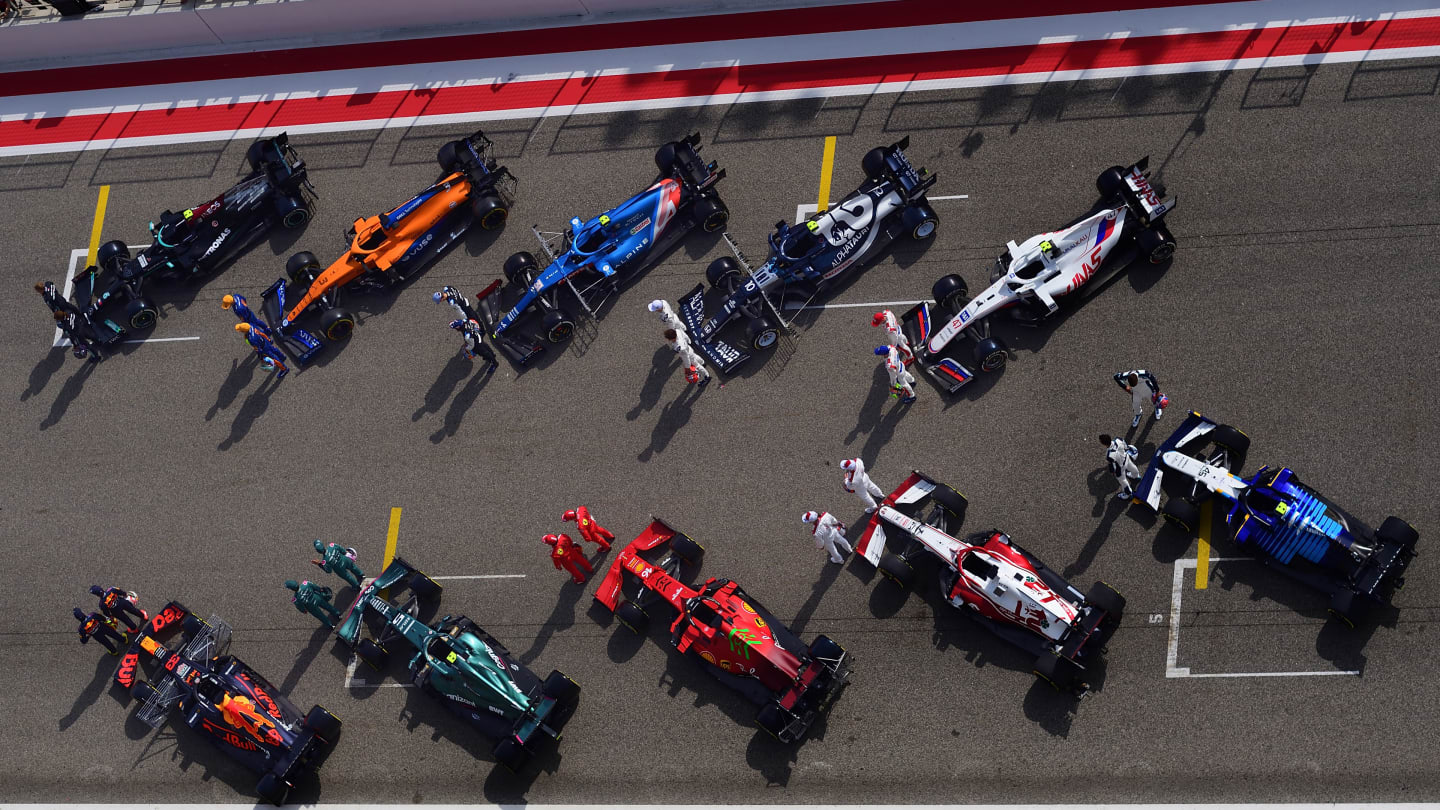
There will be a free tyre choice for Sunday's Grand Prix as part of the new format
Saturday
FP2
One hour to gather long run data
Saturday brings the second and final practice session of the weekend – in the scheduled slot that usually hosts FP3.
Here, the teams will focus on gathering long-run data – and running the two tyre compounds which they expect to use in the Grand Prix. Given there is now free choice on starting tyre, teams will likely focus on the medium and hard.
READ MORE: Full details on the tyres available for the British Grand Prix weekend
They can use this session to check car balance, the brakes, ride height – and of course tyre degradation with an eye on Sunday’s main event.
It’s not much time to prep, so teams will have to rely even more heavily on their pre-event simulation tools.
F1 Sprint
A fast and furious single stint race
Saturday afternoon brings the first F1 Sprint – a 100km dash, which based on the length of the Silverstone track will be 17 laps and it’ll last around 25-30 minutes.
It is hoped cars will run at maximum speed for the full distance, without having to conserve their tyres. That might mean the compound of choice varies from circuit to circuit.
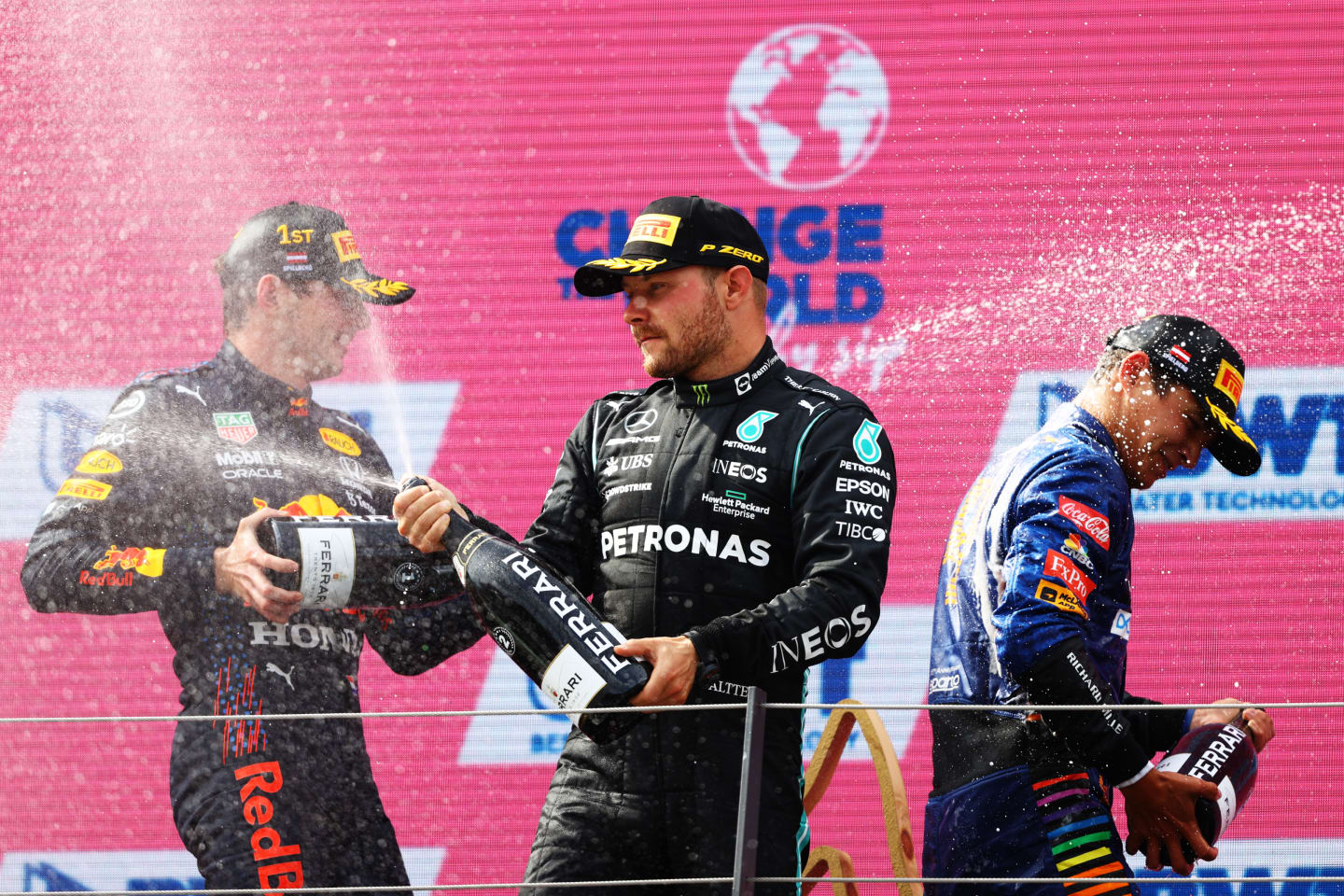
There will only be one podium during the race weekend - and that's reserved for Sunday's Grand Prix
The tyre model used by F1’s data team suggests that all the tyres will have the same level of performance when they are around 15 laps old. After that, the quickest tyre becomes the hard, followed by the medium.
The softs will struggle after that point, with their performance dropping off quickly.
Will teams choose to run the soft tyre, that will be quicker but might need a little bit of tyre management to stretch it to the flag or go for the harder rubber and maximum attack for the duration? It’s all part of the intrigue.
The winner will get three points. Second and third will get two and one point respectively, with the classification defining the grid – and the pole position winner – for Sunday’s Grand Prix.
It’s a lot to take in. But F1 TV Pro subscribers will be able to benefit from a raft of features to help them keep up with the action, including onboards from all 20 drivers featuring their uncensored team radio, as well as the Pit Lane Channel, providing fans with expert commentary, along with on-screen data and in-depth analysis.
Charles Leclerc ‘very excited’ by Formula 1 Sprint Qualifying races
Sunday
The Grand Prix
The weekend’s showpiece event
Sunday remains the focal point of the weekend, with the Grand Prix handing out the big points as usual – 25 for the win down to one point for 10th position.
With free choice on tyres, we will have to wait until they pull the tyre blankets off ahead of the formation lap to see which driver has gone for which compound, adding an extra layer of intrigue.
They must then use at least two compounds during the race, which means at least one pit stop, but they will be racing based on the least amount of practice time we’ve had for decades.
History tells us that the less practice teams have, such as when Friday is washed out because of rain, the more unpredictable a Grand Prix tends to be – so that bodes well for this weekend’s British Grand Prix.
Follow it all on F1 TV
Of course, we’ll be bringing F1 TV subscribers our fantastic pre and post-race coverage as usual, alongside our unrivalled in-race experience.
Follow all the action with expert commentary from Will Buxton and his guests, get race predictions with on-screen data, forecasts and in-depth analysis, as well as onboard camera shots and unedited team radio to make sure you don't miss a thing from Silverstone this weekend – not to mention pre and post-race interviews with all the key players.
For more info on F1 TV, and to find it if it’s available in your region, follow the link here.
YOU MIGHT ALSO LIKE
News Red Bull Racing simulator in 2025 Japanese Grand Prix-winning livery goes up for auction
News Russell believes Mercedes ‘fighting for the next best’ position behind McLaren in Bahrain
News Norris plays down McLaren’s practice pace as he claims rivals ‘didn’t turn up’ on first day in Bahrain

Video HIGHLIGHTS: Watch the action from Bahrain as Norris tops FP1 from Gasly
